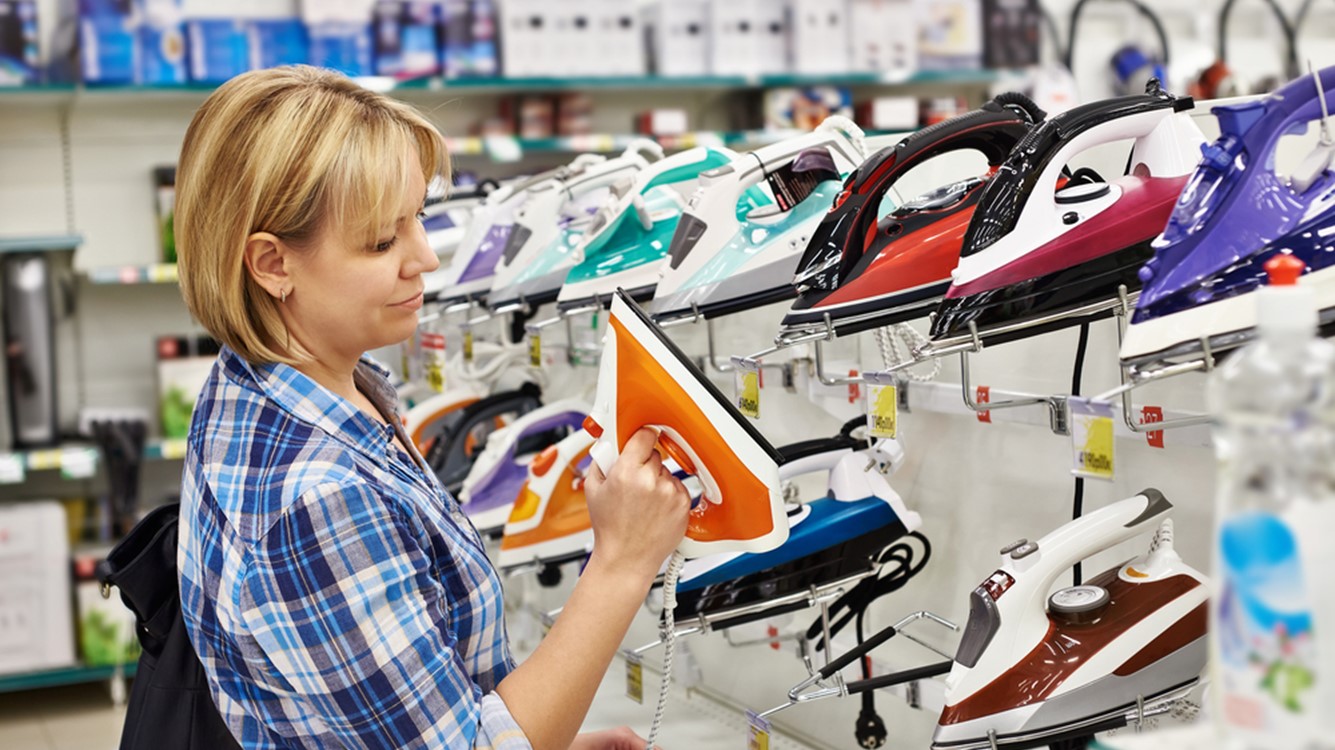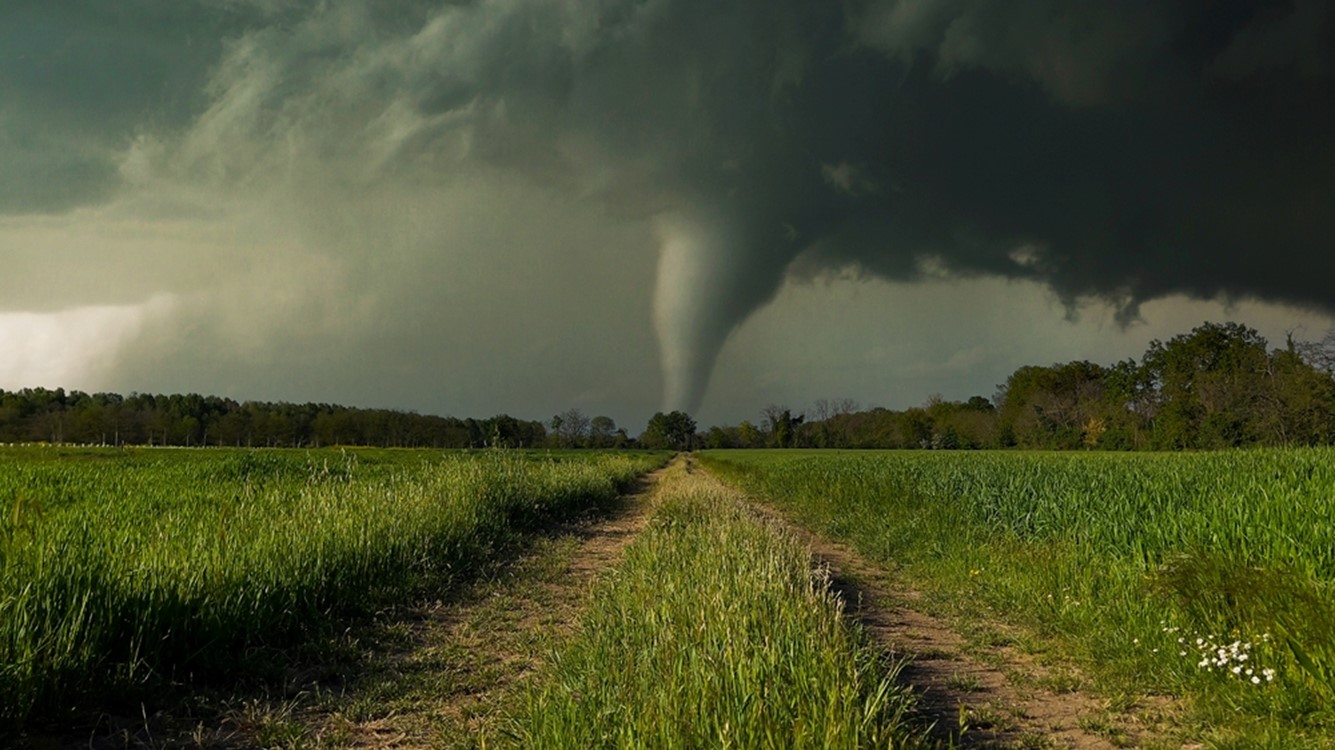Retail sales increased in February
Consumers regained their footing.

March 14, 2024
February retail sales rose 0.6%, a softer outcome relative to the consensus expectation of up 0.8%. January retail sales were revised lower to down 1.1% from the originally reported drop of 0.8%.
Weather seems to have been a factor impacting the performance of certain categories. In parts of the country, Spring arrived early. For example, Chicago experienced balmy temperatures of 60 degrees and notched the warmest February on record. Sales at building materials, garden equipment and supply dealers rose 2.2%, the largest increase in two years. On the flip side, apparel store sales fell 0.5% as winter gear fell out of favor. Inventories of winter clothing are likely to pile up and eventually find their way to discount racks.
Sales of motor vehicles and parts rose 1.6%, the largest increase since last May. Automakers are increasingly relying on incentives to move product. Affordability has become an issue given the high level of prices, rising insurance costs and high financing rates. Auto insurance has been rising by 20% annually for the last several months. Some automakers are sitting on more than 100 days' supply of vehicles when the preferred amount is 60 days' of supply.
Gasoline station sales rose 0.9%. Given that gasoline prices rose 3.8% in February, the lower print for sales at gasoline stations indicates that the price increase was not fully captured and there was some leakage via the quantity side. That suggests volume was down and signifies weaker demand, crimped by the higher prices.
Another sign confirming the pivot toward services was the performance of online sales and restaurant spending. E-commerce sales slipped 0.1% in February after declining 0.3% in January. Consumers may be exhibiting fatigue in purchasing goods. Such evidence comes from goods prices which have been deflating. In contrast, sales at eating and drinking establishments rose 0.4% and prices for overall services remain in positive territory.
Core retail sales, which feed into the calculation of GDP, were unchanged after declining 0.3% in January. February's result was weaker relative to the consensus forecast of up 0.4%. This implies real PCE is tracking at a 2.3% annual rate for the first quarter and real GDP growth of 2%, both down 0.3% from our earlier estimates.
Another sign confirming the pivot toward services was the performance of online sales and restaurant spending.
Ken Kim, KPMG Senior Economist
Bottom Line
Consumers regained their footing in February after stumbling out of the blocks at the start of the year. The composition of the February data suggests that the pivot towards experiences and spending on services is likely to continue. While the January and February data together is softer, consumer spending is still holding firm for the quarter and continues to point for the Fed's first rate cut to occur in June and not sooner.
Explore more

Retail sales start the year sharply lower
The consumer had remained defiant in the face of elevated inflation.

KPMG Economics
A source for unbiased economic intelligence to help improve strategic decision-making.

We’re not in Kansas anymore...The view from Washington
Debate over whether the first rate cut will occur in June will be heated.
Subscribe to insights from KPMG Economics
KPMG Economics distributes a wide selection of insight and analysis to help businesses make informed decisions.
Meet our team

